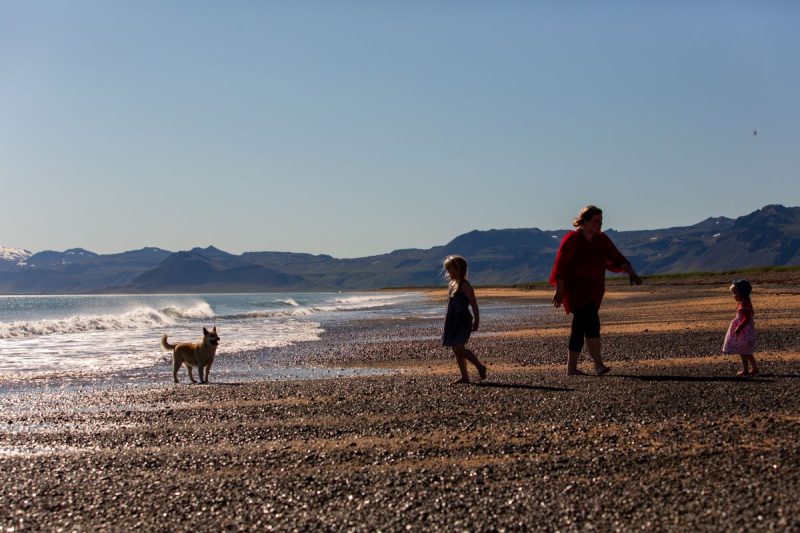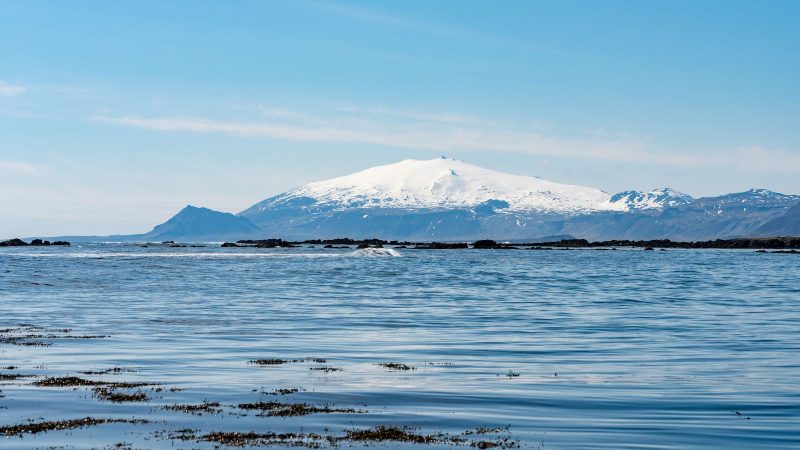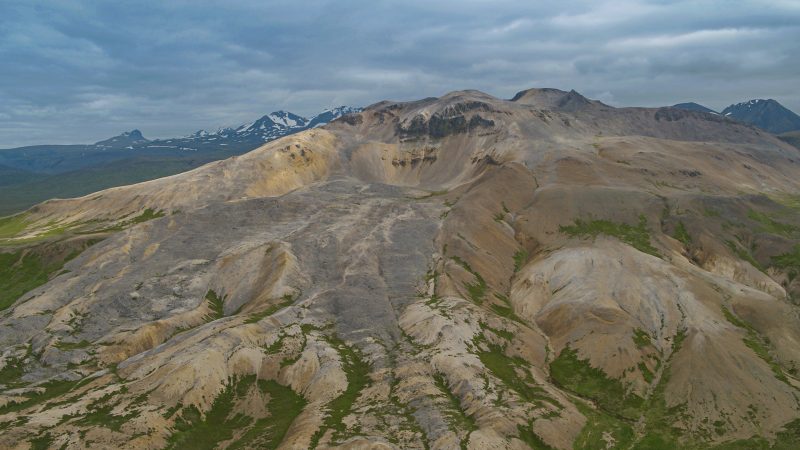Snæfellsjökull National Park
“The National Park and nature reserves protects and conserves the area’s unique landscape”.
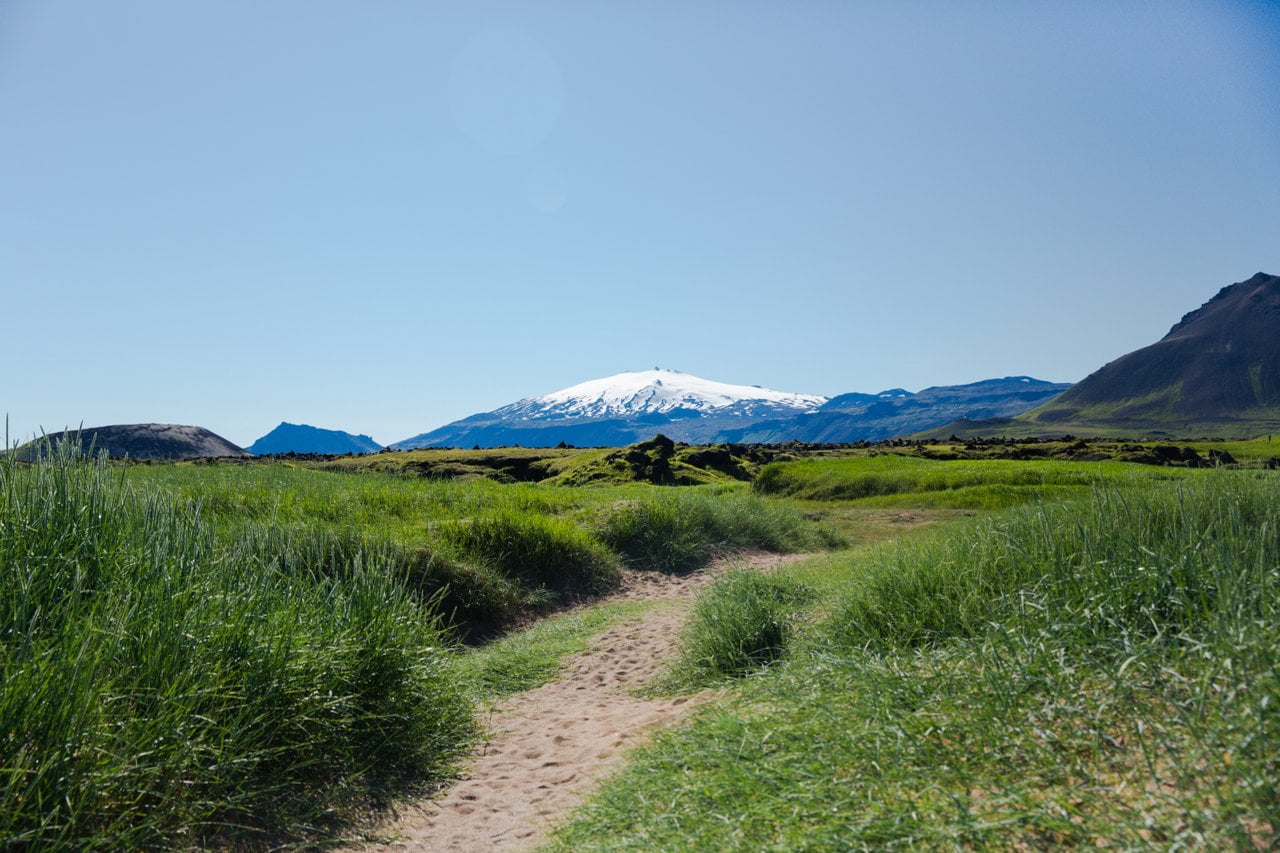
Snæfellsjökull National Park was established on June 28, 2001. It covers about 170 km2 of the westmost tip of the Snæfellsnes peninsula. The park takes its name from the beautifully shaped glacier and stratovolcano, Snæfellsjökull, the crown of the national park.
The National Park‘s purpose is to protect and conserve the area’s unique landscape, indigenous plants and animal life as well as important historical relics. At the same time, the Park is meant to facilitate visitors’ access within this unique area.
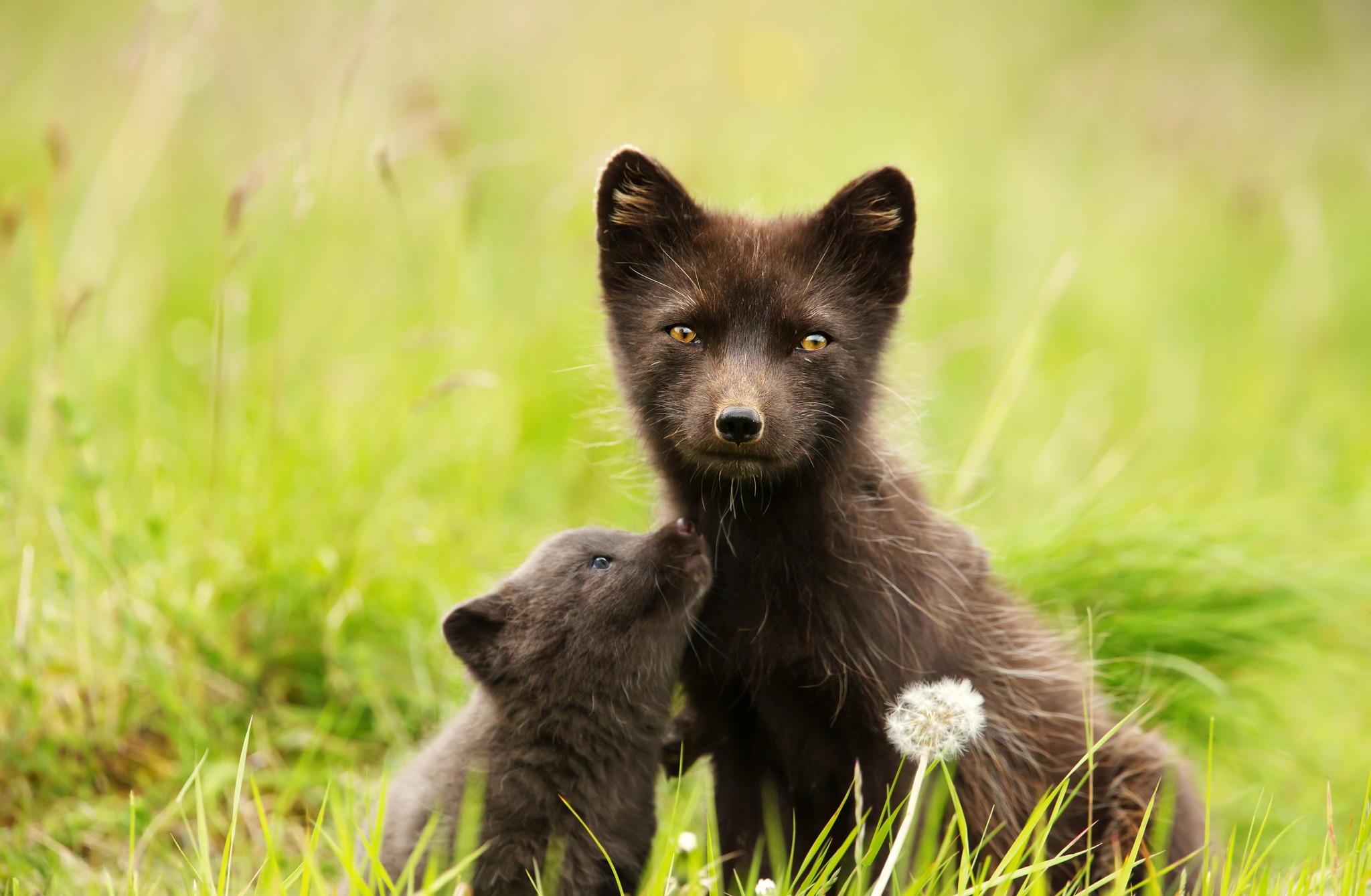
The glacier Snæfellsjökull dominates the surroundings. It is an active volcano which has molded the landscape, with moss covered lava fields, craters, lava tube caves, black sand beaches and sea cliffs full of birds. Historical relics can also be found, related to medieval fisherman culture.
There are several caves within the National park. Sönghellir, or Song Cave is famed for its acoustics that have a magical quality. Vatnshellir cave, is an 8,000 year old underground lava cave, which can be explored in a guided tour, at the south of the national park.
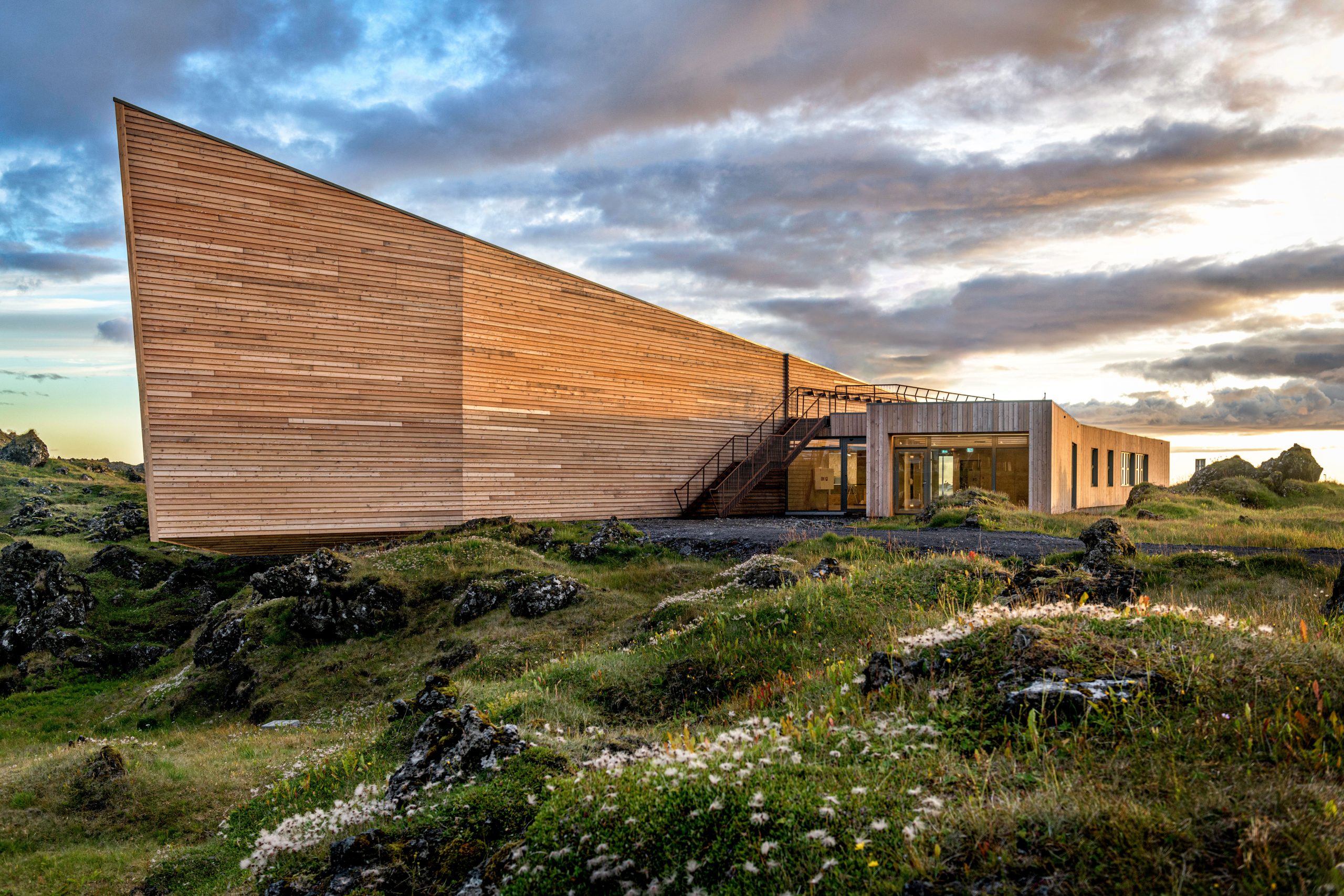
The park’s birdlife is dominated by seabirds. Guillemot, razorbill, fulmar, kittiwake and shag are amongst the Park‘s most common types of seabirds. Gulls nest in most areas, with the predominant species in the region being the great and lesser black-backed gulls, herring gull and glaucous gull.
Songs abound from common heathland birds such as the golden plover, whimbrel, meadow pipit, snow bunting and wheatear. Other common birds are the white wagtail, oystercatcher, ringed plover, purple sandpiper, raven and ptarmigan. Redwings can be seen in hollows in the lava. During the spring and autumn a large number of migratory birds, including the Brent goose, sandpiper and knot visit the region.
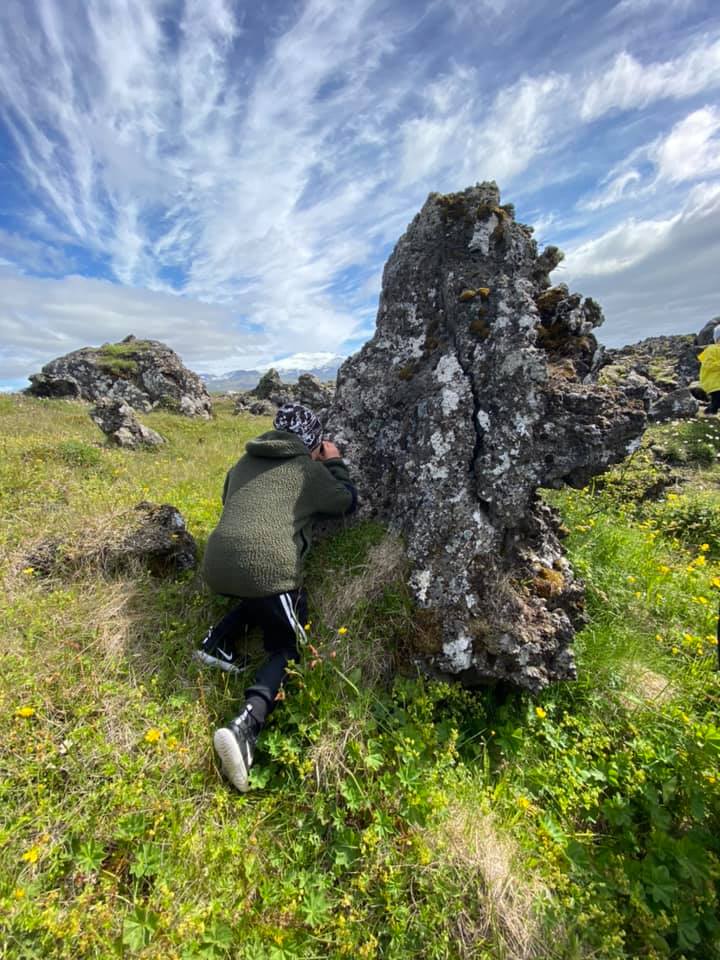
Foxes, minks and field mice live in the area as well. During a walk along the coast you can expect to see seals – both the common seal and the gray seal – although not in large numbers. There is abundance of life in pools left by receding tides. Marine snails, fairy shrimps, crabs, small fish including rock eels, and other sea creatures will catchs the eye of an observant visitor. Cetaceans such as killer whales, mink whales and propises are common around Snæfellsnes Peninsula.
The two National Parks Visitor centers at Hellissandur and Malarrif, offers an exhibition that gives a great insight into the park’s wonders. Park rangers can provide plenty of guidance for hiking options and other activities.
